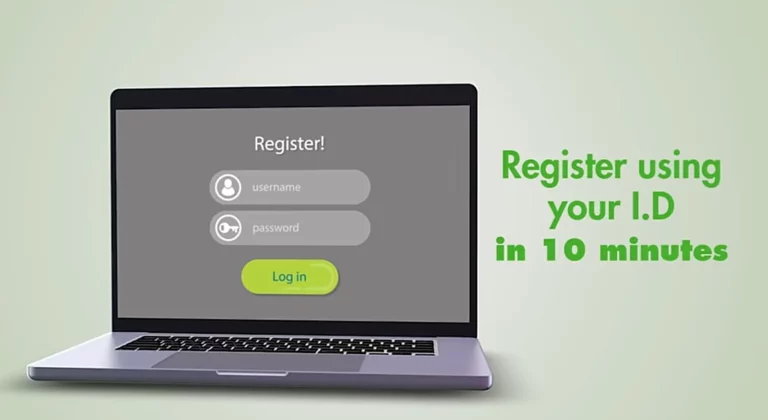Microfinance.
It sounds like a magic bullet, right?
Give small loans to poor entrepreneurs, they start businesses, lift themselves out of poverty, everyone wins.
Not so fast.
While microfinance has helped millions, it’s got a dark side. And if you’re thinking about taking a microloan, or even just want to understand the world better, you NEED to know the downsides.
Here’s the deal: Microfinance isn’t always the fairytale it’s cracked up to be. It can trap people in debt, fuel over-indebtedness, and even lead to exploitation.
Let’s break it down:
What are the disadvantages of microfinance?
1. Interest Rates That Bite
Think your credit card interest rate is bad? Microfinance loans often come with sky-high rates, sometimes even higher than payday loans. Why?
- High Risk: Lenders argue it’s because borrowers lack credit history and collateral, making them risky.
- Operating Costs: Microfinance institutions (MFIs) have higher costs per loan due to smaller loan sizes and the need to reach remote areas.
The result? Borrowers can end up paying a huge chunk of their income just on interest, making it harder to escape poverty.
Example: Imagine a $500 loan with a 30% interest rate. You’re paying $150 just in interest! That’s a massive burden for someone struggling to make ends meet.
What to do:
- Shop around: Compare interest rates from different MFIs. Don’t just jump at the first offer.
- Calculate the total cost: Don’t just look at the monthly payment. Figure out the total interest you’ll pay over the loan term.
- Consider alternatives: Are there cheaper ways to get the capital you need? Grants, savings groups, or even borrowing from friends and family might be better options.
2. The Debt Trap Snaps Shut
Microfinance can easily become a debt trap, especially when:
- Borrowers take multiple loans: Juggling several loans with different repayment schedules can become overwhelming.
- Unexpected expenses arise: Illness, crop failure, or family emergencies can derail repayment plans.
- MFIs engage in aggressive lending practices: Some MFIs pressure borrowers to take larger loans than they can afford or use coercive collection tactics.
The consequences?
- Cycle of debt: Borrowers end up taking new loans to repay old ones, sinking deeper into debt.
- Loss of assets: Borrowers may be forced to sell their possessions or even their homes to repay loans.
- Psychological distress: The stress of debt can lead to anxiety, depression, and even suicide.
Example: A farmer takes a loan to buy seeds. But then drought hits, and the crops fail. Unable to repay, he takes another loan, and then another, falling deeper into debt.
What to do:
- Borrow only what you need: Don’t be tempted to take a larger loan than necessary.
- Have a clear repayment plan: Budget carefully and make sure you can afford the repayments.
- Build an emergency fund: Having savings can help you weather unexpected events without resorting to more loans.
- Know your rights: Understand the terms of the loan and don’t be afraid to negotiate.
3. Exploitation Lurks in the Shadows
While many MFIs are ethical, some engage in practices that exploit vulnerable borrowers:
- Hidden fees: Some MFIs charge hidden fees, making the true cost of the loan much higher.
- Coercive collection: Some use aggressive tactics like public shaming or seizing assets to force repayment.
- Overlending: Some encourage borrowers to take on more debt than they can handle.
- Lack of transparency: Some MFIs are not transparent about their interest rates, fees, or lending practices.
The result? Borrowers can end up worse off than they were before, trapped in a cycle of debt and poverty.
Example: An MFI charges a “loan processing fee” that wasn’t clearly disclosed. This adds to the borrower’s burden and makes it harder to repay.
What to do:
- Research the MFI: Choose an MFI with a good reputation and transparent practices.
- Read the fine print: Understand all the terms and conditions of the loan before you sign.
- Ask questions: Don’t be afraid to ask about fees, interest rates, and repayment terms.
- Report any unethical practices: If you experience or witness exploitation, report it to the relevant authorities.
4. Focus on Profit, Not People
Some MFIs prioritize profit over poverty alleviation. They may:
- Target less risky borrowers: This leaves out the poorest and most vulnerable who need microfinance the most.
- Focus on growth over impact: They may prioritize expanding their loan portfolio rather than ensuring loans have a positive impact on borrowers’ lives.
- Engage in mission drift: They may stray from their original social mission and become more like traditional banks.
The result?
Microfinance can become just another form of predatory lending, exacerbating inequality instead of reducing it.
Example: An MFI focuses on lending to small businesses with existing revenue, neglecting those who are just starting out and need capital the most.
What to do:
- Support ethical MFIs: Choose MFIs that prioritize social impact and have a strong commitment to responsible lending.
- Advocate for change: Demand greater transparency and accountability from the microfinance industry.
- Invest in social businesses: Support businesses that are creating sustainable solutions to poverty.
Bottom line: Microfinance can be a powerful tool for poverty alleviation, but it’s not a silver bullet. It’s crucial to be aware of the potential downsides and to choose MFIs that prioritize ethical and responsible lending practices.
Remember:
- Do your research.
- Understand the risks.
- Borrow responsibly.
- Demand transparency.
Only then can microfinance truly live up to its promise of empowering the poor and creating a more just world.
Read also:




